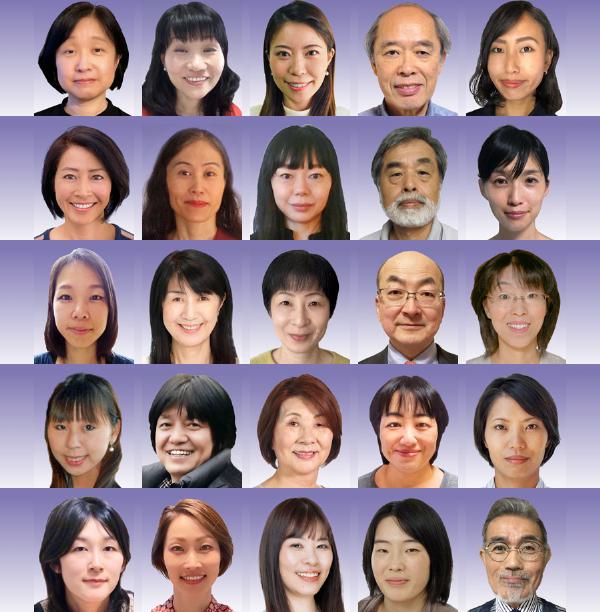This free page is supported by advertising.
To view our free content, please disable your ad blocker on Nihongo-Pro.com.
|
?
|
|
||||||||||||||
Advanced Japanese: Those Confounding Compound Verbs
Free Japanese Quizzes Every Day—Learn Japanese Online for Free!
Here's a free advanced Japanese quiz from the expert teachers at Nihongo-Pro. New quizzes are available every day at several skill levels. Take the Nihongo-Pro quiz challenge every day, from your PC, Mac, smartphone, iPad, iPod, or tablet, and learn Japanese online for free!
Compound Japanese verbs are verbs formed by combining two simple verbs, such as 言い返す(=言う+返す) or 取り戻す(=取る+戻す).
These verbs appear all over in Japanese. Many times, the meaning of a compound verb is simply the combined meaning of the two individual parts. For example, 取り戻す means "take" and "return", or "take back".
If only all compound verbs were that simple... In many other cases, a compound verb takes on a meaning that isn't obvious from the individual parts. 投げ出す(=投げる+出す)does not mean to start to throw something—it is closer to "give up" or "quit halfway through."
The best approach to learning Japanese compound verbs is to practice them. Spend just a few minutes every day studying Japanese, and your skill level will advance quickly. Be sure to visit Nihongo-Pro every day, and try a new Japanese quiz, always 100% free.
How to Use Quiz Lifelines
There are three lifelines to help you. You can use each lifeline only once during the quiz.
| Choose an answer, and we'll tell you if it's right. | |
| Eliminate two incorrect choices from a question. | |
| Ask Kitsune-kun, a fox who usually knows the right answer. |
| This lifeline will eliminate two incorrect answer choices from this question. |
| Ask Kitsune-kun. He usually knows the answer, but sometimes doesn't like to tell. |
| Choose one of the answers below, and we'll tell you if that answer is right. |
Copyright © 2010-2025 Horizon Web Services LLC. All rights reserved.






